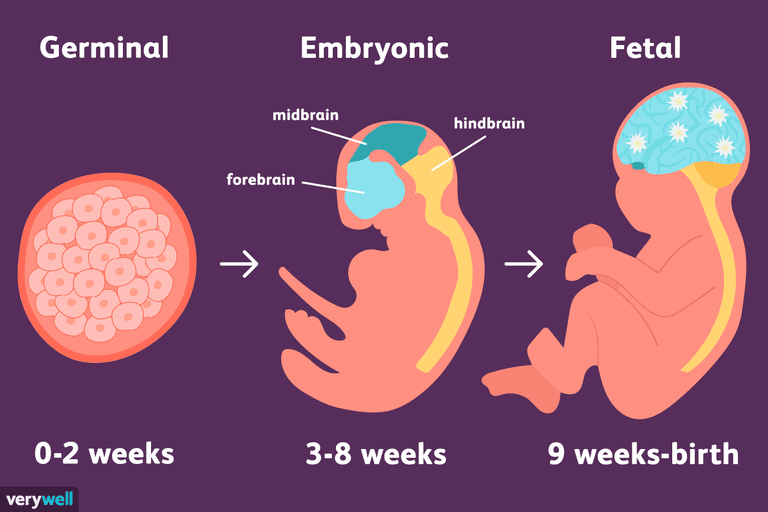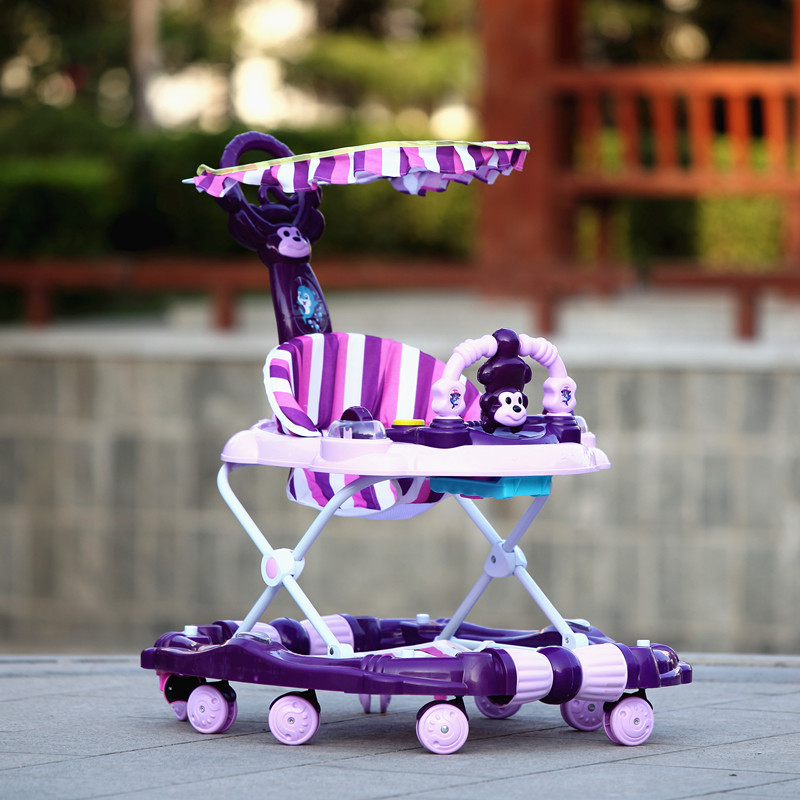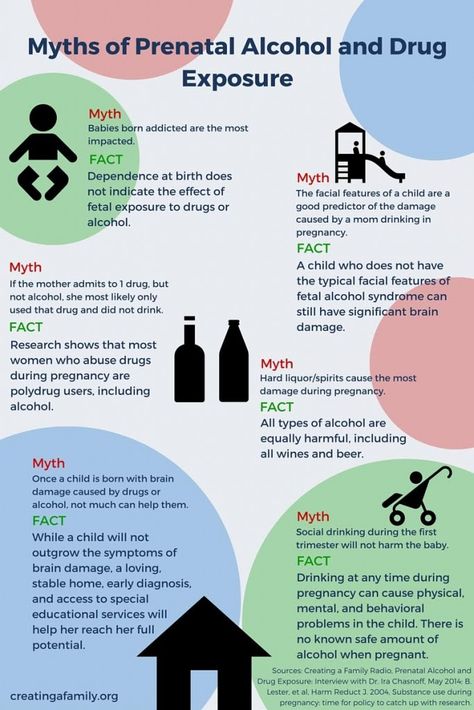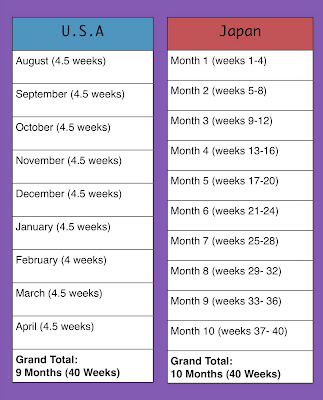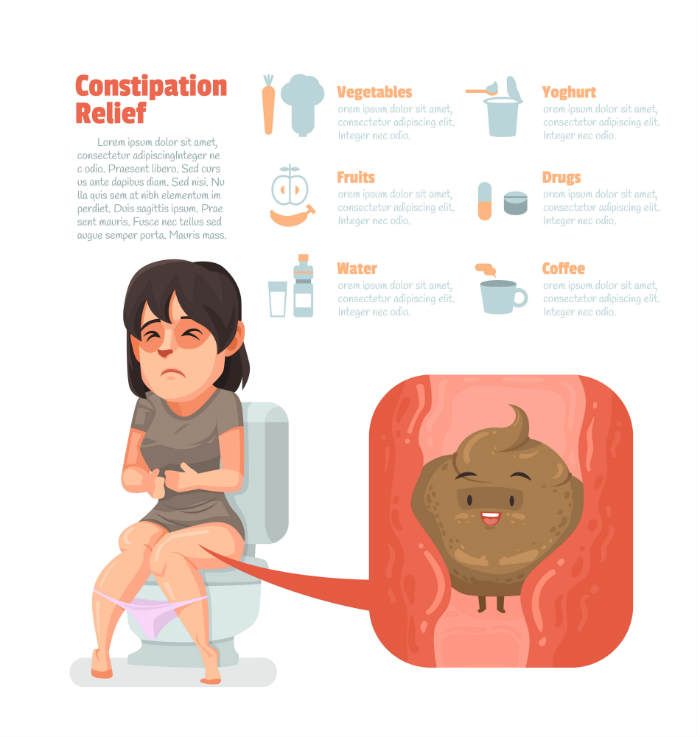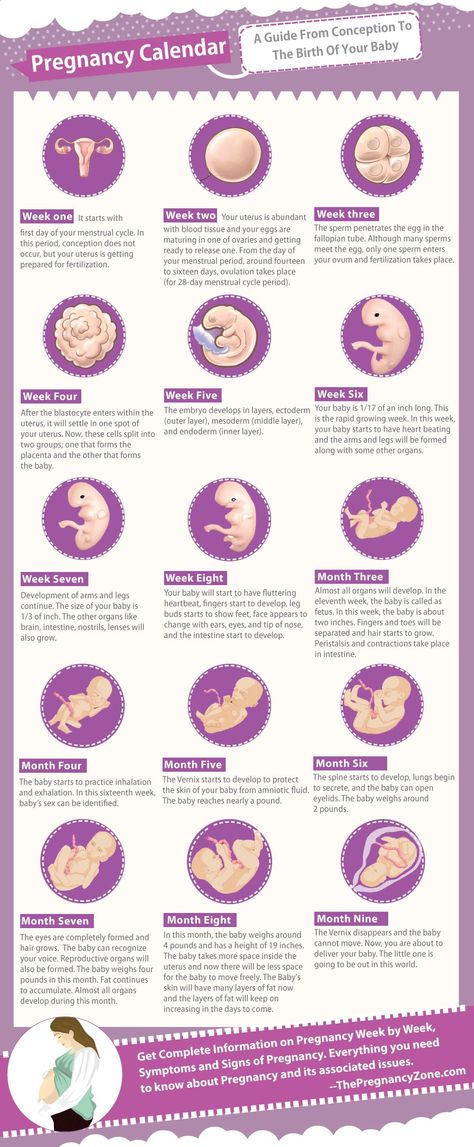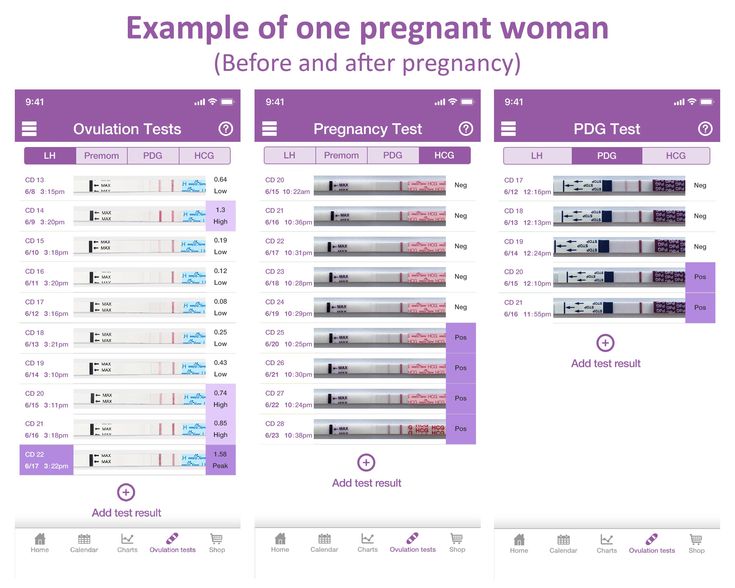Normal baby development
Baby Development Stages: The First Year
Written by Gina Shaw
From helpless newborn to active toddler: It takes just 12 short months for your baby to undergo this incredible transformation. Babies grow and change at an astounding pace, and every month brings new and exciting developments.
New moms and dads often wonder what to expect next and how to know if their baby’s development is on target. Instead of focusing too much on developmental milestones, however, it’s important to remember that babies all develop at their own pace. There’s a fairly wide “window” for when it is normal for a baby to reach a particular developmental stage.
“If your baby reaches one milestone sooner, she may reach another one later, because she’s so busy perfecting the other skill,” says Jennifer Shu, MD, pediatrician and co-author of Heading Home with Your Newborn.
Some babies may say their first word at eight months, while others don’t talk until a little after the one-year mark. And walking may start anytime between nine and 18 months.
Keeping those kinds of variations in mind, here’s what your baby may be doing during each three-month stage of the first year.
Baby Development: One to Three Months
During this first development stage, babies’ bodies and brains are learning to live in the outside world. Between birth and three months, your baby may start to:
- Smile. Early on, it will be just to themselves. But within three months, they’ll be smiling in response to your smiles and trying to get you to smile back at them.
- Raise their head and chest when on their tummy.
- Track objects with their eyesand gradually decrease eye crossing.
- Open and shut their hands and bring hands to their mouth.
- Grip objects in their hands.
- Take swipes at or reach for dangling objects, though they usually won’t be able to get them yet.
Baby Development: Four to Six Months
During these months, babies are really learning to reach out and manipulate the world around them.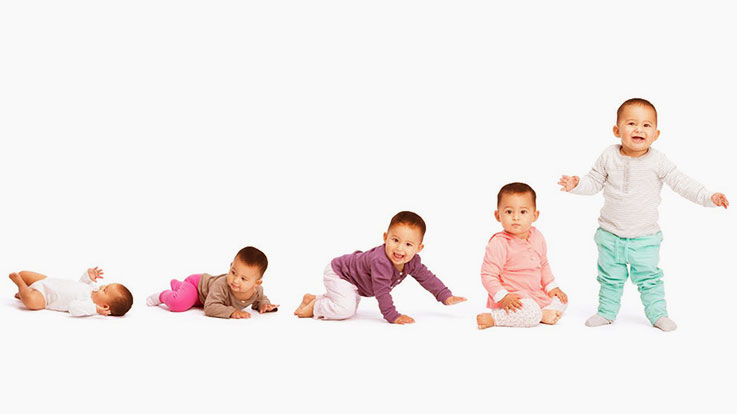 They’re mastering the use of those amazing tools, their hands. And they’re discovering their voices. From 4 to 6 months old, your baby will probably:
They’re mastering the use of those amazing tools, their hands. And they’re discovering their voices. From 4 to 6 months old, your baby will probably:
- Roll over from front to back or back to front. Front-to-back usually comes first.
- Babble, making sounds that can sound like real language.
- Laugh.
- Reach out for and grab objects (watch out for your hair), and manipulate toys and other objects with their hands.
- Sit up with support and have great head control.
Baby Development: Seven to Nine Months
During the second half of this year, your little one becomes a baby on the go. After learning that they can get somewhere by rolling over, they’ll spend the next few months figuring out how to move forward or backward. If you haven’t baby-proofed yet, better get on it!
- During this time period, your baby may:
- Start to crawl. This can include scooting (propelling around on their bottom) or “army crawling” (dragging themselves on their tummy by arms and legs), as well as standard crawling on hands and knees.
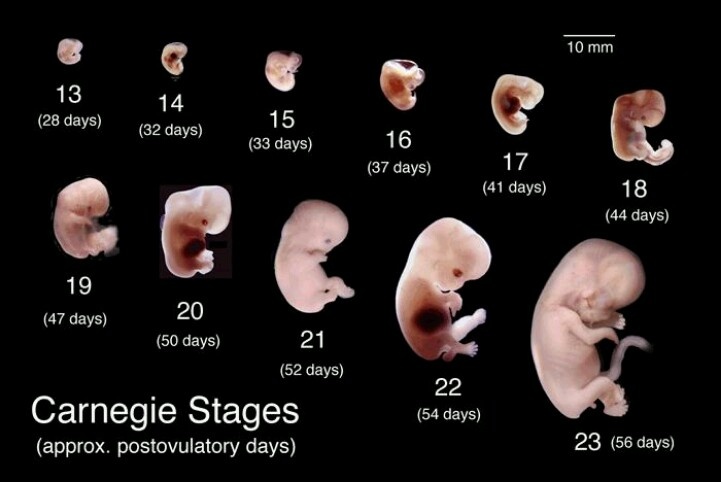 Some babies never crawl, moving directly to from scooting to walking.
Some babies never crawl, moving directly to from scooting to walking. - Sit without support.
- Respond to familiar words like their name. They may also respond to “No” by briefly stopping and looking at you, and may start babbling "Mama" and "Dada."
- Clap and play games such as patty-cake and peekaboo.
- Learn to pull up to a standing position.
Baby Development: 10 to 12 Months
The last development stage in baby’s first year is quite a transition. They aren’t an infant anymore, and they might look and act more like a toddler. But they are still a baby in many ways. They are learning to:
- Begin feeding herself. Babies at this developmental stage master the “pincer grasp“ -- meaning they can hold small objects such as O-shaped cereal between their thumb and forefinger.
- Cruise, or move around the room on their feet while holding onto the furniture.
- Say one or two words, and "Mama" and "Dada" become specific name for parents.
 The average is about three spoken words by the first birthday, but the range on this is enormous.
The average is about three spoken words by the first birthday, but the range on this is enormous. - Point at objects they want in order to get your attention.
- Begin “pretend play” by copying you or using objects correctly, such as pretending to talk on the phone.
- Take their first steps. This usually happens right around one year, but it can vary greatly.
Your Baby’s Development: When to Talk to a Pediatrician
What should you do if you think your baby is not meeting growth or developmental milestones, when they should? First, says Shu, trust your instincts. “If you really feel like something’s wrong, then talk to your doctor about it because if there is a problem, we want to catch it as soon as we can," she says. "Early intervention is best, and you know your child better than anyone.”
Remember, however, that it is not exactly when your baby sits up by themselves or says their first words that is important; it’s that they are moving forward in their development. “Don’t look at the time as much as the progression, and see that your child is changing and growing,” says Shu. “It’s not a race. Nobody’s going to ask on a college application when your child first walked or said ‘da-da.’”
“Don’t look at the time as much as the progression, and see that your child is changing and growing,” says Shu. “It’s not a race. Nobody’s going to ask on a college application when your child first walked or said ‘da-da.’”
Your Child’s Development -- Month by Month
This table shows common developmental milestones that babies reach each month during their first year, in four major categories. Keep in mind that all babies are different and every baby grows at their own pace. There's no precise time that most of these skills first appear. If your child hasn’t reached a milestone by the month it is listed on this chart, it is usually a perfectly normal variation in child development. Watch for progress, not deadlines.
| Gross Motor | Fine Motor | Language/ Cognitive | Social |
1 month | Moves head from side to side when on stomach | Strong grip | Stares at hands and fingers | Tracks movement with eyes |
2 months | Holds head and neck up briefly while on tummy | Opens and closes hands | Begins to play with fingers | Smiles responsively |
3 months | Reaches and grabs at objects | Grips objects in hands | Coos | Imitates you when you stick out your tongue |
4 months | Pushes up on arms when lying on tummy | Grabs objects -- and gets them! | Laughs out loud | Enjoys play and may cry when playing stops |
5 months | Begins to roll over in one or the other direction | Is learning to transfer objects from one hand to the other | Blows “raspberries” (spit bubbles) | Reaches for mommy or daddy and cries if they’re out of sight |
6 months | Rolls over both ways | Uses hands to “rake” small objects | Babbles | Recognizes familiar faces --caregivers and friends as well as family |
7 months | Moves around --is starting to crawl, scoot, or “army crawl” | Is learning to use thumb and fingers | Babbles in a more complex way | Responds to other people’s expressions of emotion |
8 months | Sits well without support | Begins to clap hands | Responds to familiar words, looks when you say their name | Plays interactive games like peekaboo |
9 months | May try to climb/crawl up stairs | Uses the pincer grasp | Learns object permanence -- that something exists even if they can’t see it | Is at the height of stranger anxiety |
10 months | Pulls up to stand | Stacks and sorts toys | Waves bye-bye and/or lifts up arms to communicate “up” | Learns to understand cause and effect (“I cry, Mommy comes”) |
11 months | Cruises, using furniture | Turns pages while you read | Says “mama” or “dada” for either parent | Uses mealtime games (dropping spoon, pushing food away) to test your reaction; expresses food preferences |
12 months | Stands unaided and may take first steps | Helps while getting dressed (pushes hands into sleeves) | Says an average of 2-3 words (often “mama” and “dada”) | Plays imitative games such as pretending to use the phone |
Infants (0-1 years) | CDC
Developmental Milestones
Skills such as taking a first step, smiling for the first time, and waving “bye-bye” are called developmental milestones. Developmental milestones are things most children can do by a certain age. Children reach milestones in how they play, learn, speak, behave, and move (like crawling, walking, or jumping).
Developmental milestones are things most children can do by a certain age. Children reach milestones in how they play, learn, speak, behave, and move (like crawling, walking, or jumping).
In the first year, babies learn to focus their vision, reach out, explore, and learn about the things that are around them. Cognitive, or brain development means the learning process of memory, language, thinking, and reasoning. Learning language is more than making sounds (“babble”), or saying “ma-ma” and “da-da”. Listening, understanding, and knowing the names of people and things are all a part of language development. During this stage, babies also are developing bonds of love and trust with their parents and others as part of social and emotional development. The way parents cuddle, hold, and play with their baby will set the basis for how they will interact with them and others.
Positive Parenting Tips
Following are some things you, as a parent, can do to help your baby during this time:
- Talk to your baby.
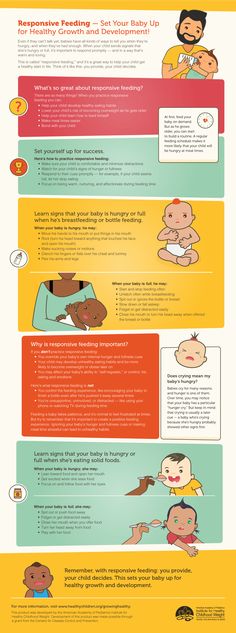 She will find your voice calming.
She will find your voice calming. - Answer when your baby makes sounds by repeating the sounds and adding words. This will help him learn to use language.
- Read to your baby. This will help her develop and understand language and sounds.
- Sing to your baby and play music. This will help your baby develop a love for music and will help his brain development.
- Praise your baby and give her lots of loving attention.
- Spend time cuddling and holding your baby. This will help him feel cared for and secure.
- Play with your baby when she’s alert and relaxed. Watch your baby closely for signs of being tired or fussy so that she can take a break from playing.
- Distract your baby with toys and move him to safe areas when he starts moving and touching things that he shouldn’t touch.
- Take care of yourself physically, mentally, and emotionally. Parenting can be hard work! It is easier to enjoy your new baby and be a positive, loving parent when you are feeling good yourself.
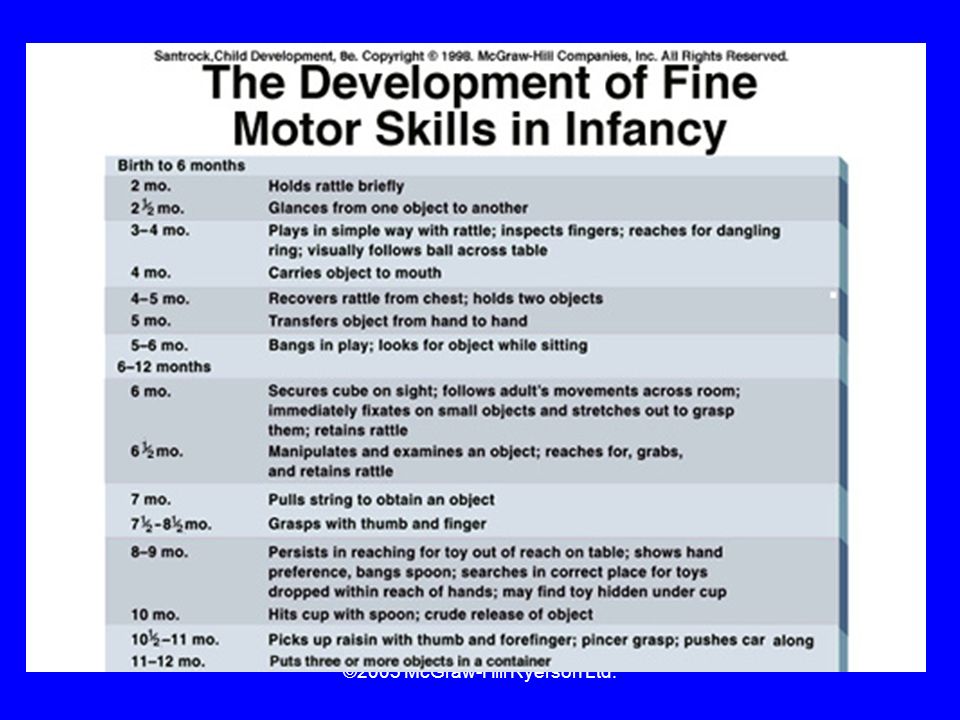
Infants (0-1 year of age) pdf icon[PDF – 793K]
Child Safety First
When a baby becomes part of your family, it is time to make sure that your home is a safe place. Look around your home for things that could be dangerous to your baby. As a parent, it is your job to ensure that you create a safe home for your baby. It also is important that you take the necessary steps to make sure that you are mentally and emotionally ready for your new baby. Here are a few tips to keep your baby safe:
- Do not shake your baby―ever! Babies have very weak neck muscles that are not yet able to support their heads. If you shake your baby, you can damage his brain or even cause his death.
- Make sure you always put your baby to sleep on her back to prevent sudden infant death syndrome (commonly known as SIDS). Read more about new recommendations for safe sleep for infants here.
- Protect your baby and family from secondhand smoke. Do not allow anyone to smoke in your home.

- Place your baby in a rear-facing car seat in the back seat while he is riding in a car. This is recommended by the National Highway Traffic Safety Administration pdf icon[1.15 MB / 1 page]external icon.
- Prevent your baby from choking by cutting her food into small bites. Also, don’t let her play with small toys and other things that might be easy for her to swallow.
- Don’t allow your baby to play with anything that might cover her face.
- Never carry hot liquids or foods near your baby or while holding him.
- Vaccines (shots) are important to protect your child’s health and safety. Because children can get serious diseases, it is important that your child get the right shots at the right time. Talk with your child’s doctor to make sure that your child is up-to-date on her vaccinations.
Healthy Bodies
- Breast milk meets all your baby’s needs for about the first 6 months of life. Between 6 and 12 months of age, your baby will learn about new tastes and textures with healthy solid food, but breast milk should still be an important source of nutrition.
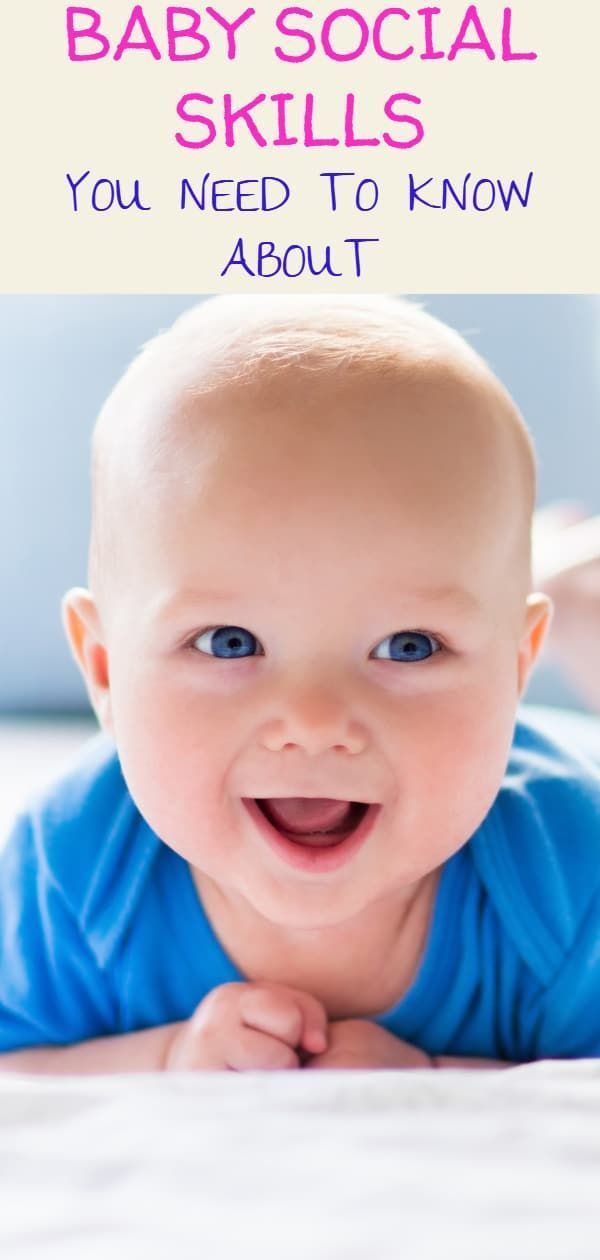
- Feed your baby slowly and patiently, encourage your baby to try new tastes but without force, and watch closely to see if he’s still hungry.
- Breastfeeding is the natural way to feed your baby, but it can be challenging. If you need help, you can call the National Breastfeeding Helpline at 800-994-9662 or get help on-line at http://www.womenshealth.gov/breastfeedingexternal icon. You can also call your local WIC Program to see if you qualify for breastfeeding support by health professionals as well as peer counselors or use an online directory to find an International Board-Certified Lactation Consultantexternal icon in your community.
- Keep your baby active. She might not be able to run and play like the “big kids” just yet, but there’s lots she can do to keep her little arms and legs moving throughout the day. Getting down on the floor to move helps your baby become strong, learn, and explore.
- Try not to keep your baby in swings, strollers, bouncer seats, and exercise saucers for too long.

- Limit screen time. For children younger than 18 months of age, the American Academy of Pediatrics (AAP) recommends that it’s best if babies do not use any screen media other than video chatting.
- Make sure your child gets the recommended amount of sleep each night: For infants 4-12 months, 12–16 hours per 24 hours (including naps)
For More Information
- Infants and toddlers
- Preschool
- Middle childhood
- Adolescence
CDC’s “Learn the Signs. Act Early.” Campaign
For more details on developmental milestones, warning signs of possible developmental delays, and information on how to help your child’s development, visit the “Learn the Signs. Act Early.” campaign website.
CDC’s Parent Information (Children 0―3 years)
This site has information to help you learn how to give your child a healthy start in life.
CDC’s Essentials for Parenting Toddlers and Preschoolers
Learn ways you can help build a safe, stable, and nurturing relationship with your child.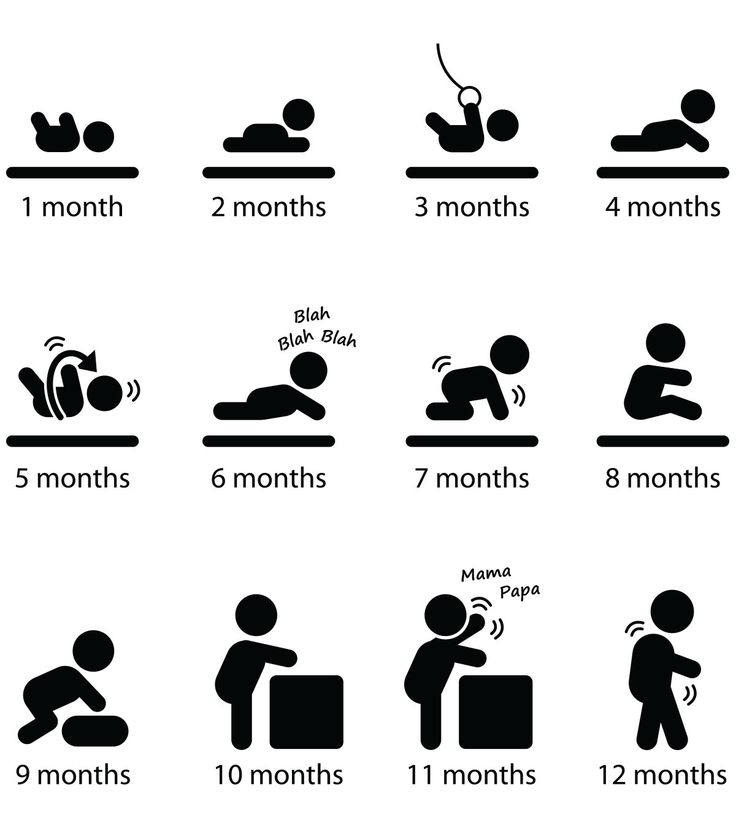
CDC’s Breastfeeding Information
This site has answers to frequently asked questions about breastfeeding.
CDC’s Information on Infant and Toddler Nutrition
Tips for Parents – Ideas to help children maintain a healthy weight.
CDC’s Protect the Ones You Love
CDC’s Injury Center has information on how you can protect your child from drowning and other common causes of injury.
CDC’s Information on Vaccinations
View the immunization schedule for infants and children and find out if your child’s vaccinations are up to date.
My Plate – Infantsexternal icon
The U.S. Department of Agriculture provides information on health and nutrition for 2 through 5 years of age.
My Plate – Toddlersexternal icon
The U.S. Department of Agriculture provides information on health and nutrition for toddlers
HealthyChildren.orgexternal icon
AAP’s Healthy Children website provides information on feeding, nutrition, and fitness for all developmental stages from infancy to young adulthood.
Just in Time Parentingexternal icon (JITP)
Quality, research-based information to families at the time it can be most useful.
Healthy Kids Healthy Futureexternal icon
You will find information on physical activity for young children and on ways to keep them moving.
National Highway Traffic Safety Administrationexternal icon (NHTSA)
NHTSA has information on safety recalls and safety tips for children riding in motor vehicles, walking, biking, playing outside, waiting at school bus stops, and more.
National Institute of Child Health and Human Development.external icon (NICHD)
Visit NICHD to learn how to reduce the risk of Sudden Infant Death Syndrome (SIDS) and about safe sleep environments.
World Health Organization information on infant nutritionexternal icon
This site has information to promote proper feeding for infants and young children.
CDC’s “Learn the Signs. Act Early.” Campaign
For more details on developmental milestones, warning signs of possible developmental delays, and information on how to help your child’s development, visit the “Learn the Signs.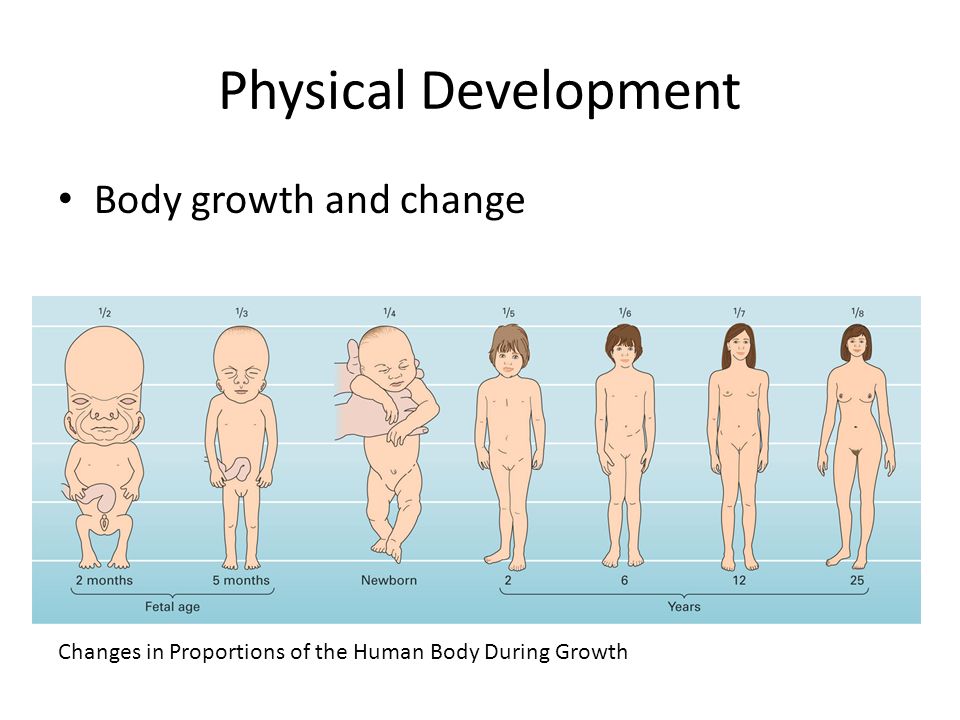 Act Early.” campaign website.
Act Early.” campaign website.
CDC’s Parent Information (Children 4−11 years)
This site has information to help you guide your child in leading a healthier life.
CDC’s Essentials for Parenting Toddlers and Preschoolers
Learn ways you can help build a safe, stable, and nurturing relationship with your child.
CDC’s Healthy Weight Information.
Tips for parents – Ideas to help children maintain a healthy weight.
CDC’s Youth Physical Activity Guidelines
This site has information on how to help children be active and play.
My Plate- Preschoolersexternal icon
The U.S. Department of Agriculture provides information on health and nutrition for preschoolers.
HealthyChildren.orgexternal icon
AAP’s Healthy Children website provides information on feeding, nutrition, and fitness for all developmental stages from infancy to young adulthood.
Just in Time Parentingexternal icon (JITP)
Quality, research-based information to families at the time it can be most useful.
Healthy Kids Healthy Futureexternal icon
You will find information on physical activity for young children and on ways to keep them moving.
National Highway Traffic Safety Administrationexternal icon (NHTSA)
NHTSA has information on safety recalls and safety tips for children riding in motor vehicles, walking, biking, playing outside, waiting at school bus stops, and more.
CDC’s Parent Information (Children 4 — 11 years)
This site has information to help you guide your child in leading a healthier life.
CDC’s Healthy Weight Information.
Tips for parents – Ideas to help children maintain a healthy weight.
CDC’s Youth Physical Activity Basics
This site has information on how to help children be active and play.
CDC’s Kids Quest
Kids Quest is a CDC website designed for students in fourth, fifth, and sixth grades, to get them to think about people with disabilities and some of the issues related to daily activities, health, and accessibility.
CDC’s BAM! Body and Mind
CDC’s BAM! Body and Mind is a website designed for kids 9 through 13 years of age to give them the information they need to make healthy lifestyle choices. The site focuses on topics that kids told us are important to them—such as stress and physical fitness—using kid-friendly lingo, games, quizzes, and other interactive features.
My Plate – Kidsexternal icon.
The U.S. Department of Agriculture provides information on health and nutrition for children over 5 years of age.
HealthyChildren.orgexternal icon
AAP’s Healthy Children website provides information on feeding, nutrition, and fitness for all developmental stages from infancy to young adulthood. Visit this website to learn more about emotional problemsexternal icon, learning disabilitiesexternal icon and other health and development concerns.
Just in Time Parentingexternal icon (JITP)
Quality, research-based information to families at the time it can be most useful.
Let’s Move-Kidsexternal icon
Five simple steps for parents towards creating a healthy environment at home.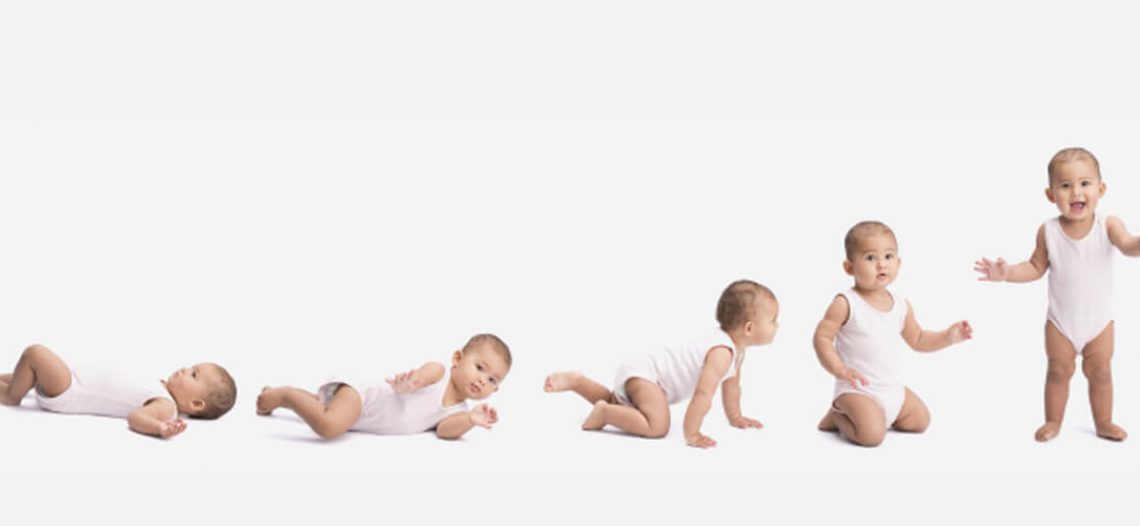
National Highway Traffic Safety Administrationexternal icon (NHTSA)
NHTSA has information on safety recalls and safety tips for children riding in motor vehicles, walking, biking, playing outside, waiting at school bus stops, and more.
StopBullying.govexternal icon
StopBullying.gov provides information from various government agencies on how children, parents, educators and others in the community can prevent or stop bullying.
SAMHSA’s KnowBullying appexternal icon
A free app for parents to help prevent bullying, created by the Substance Abuse and Mental Health Agency (SAMHSA).
Teens Healthexternal icon
Visit this site for information on healthy eating and exerciseexternal icon for children and teenagers, safety tips for your child at homeexternal icon when you can’t be there, and other important health and safety topics.
CDC’s Adolescent and School Mental Health
Learn how connection is key to good adolescent mental health.
CDC’s Parent Information (Teens 12— 19)
This site has information to help you learn how to guide your teen to be safe and become a healthy and productive adult.
CDC’s Healthy Weight Information.
Tips for parents – Ideas to help children maintain a healthy weight.
CDC’s Youth Physical Activity Guidelines
This site has information on how to help children be active and play.
CDC’s Pregnancy Prevention for Teens.
Tips and information especially for teens and designed with input from teens.
CDC’s BAM! Body and Mind
CDC’s BAM! Body and Mind is a website designed for kids 9 through 13 years of age, to give them the information they need to make healthy lifestyle choices. The site focuses on topics that kids told us are important to them—such as stress and physical fitness—using kid-friendly lingo, games, quizzes, and other interactive features.
CDC’s Information on Lesbian, Gay, Bisexual, and Transgender Youth Health
Learn about the physical and mental health of lesbian, gay, bisexual, and transgender youth
American Academy of Child & Adolescent Psychiatryexternal icon
The American Academy of Child & Adolescent Psychiatry has many fact sheets for parents on child and adolescent health and development.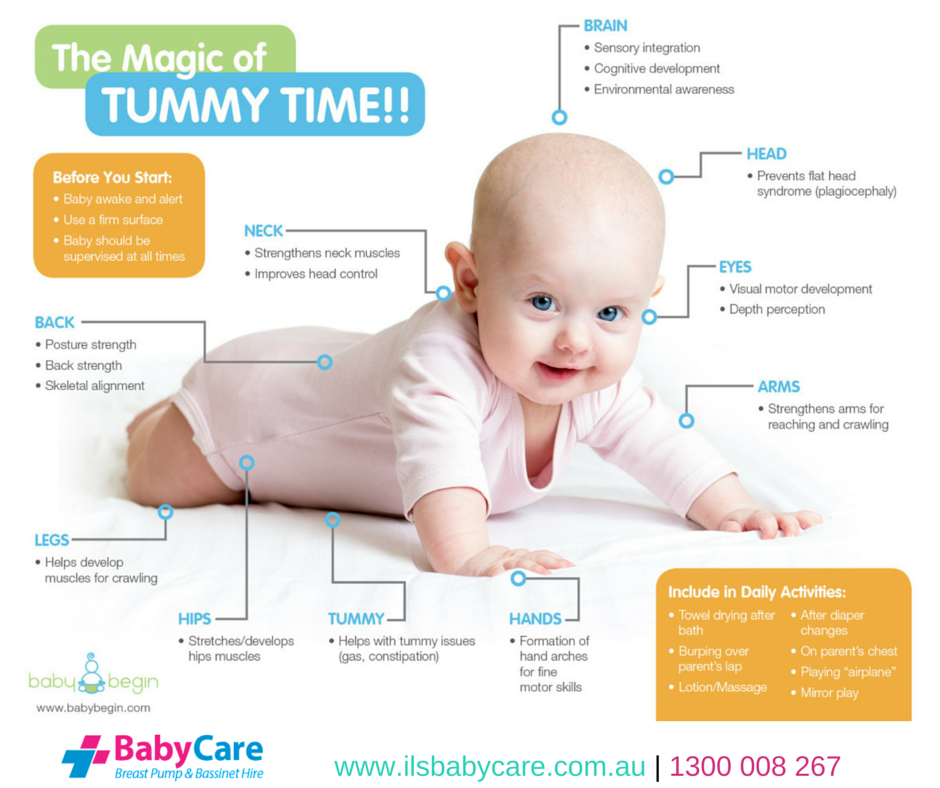
My Plate – Teenexternal icon
The U.S. Department of Agriculture provides information on health and nutrition for teens.
HealthyChildren.orgexternal icon
AAP’s Healthy Children website provides information on feeding, nutrition, and fitness for all developmental stages from infancy to young adulthood.
Just in Time Parentingexternal icon (JITP)
Quality, research-based information to families at the time it can be most useful.
National Highway Traffic Safety Administrationexternal icon (NHTSA)
NHTSA has information on safety recalls and safety tips for children riding in motor vehicles, walking, biking, playing outside, waiting at school bus stops, and more.
National Institute of Mental Healthexternal icon
The National Institute of Mental Health has information on mental disorders affecting children and adolescents, including anxiety and depression.
StopBullying.govexternal icon
StopBullying.gov provides information from various government agencies on how children, parents, educators, and others in the community can prevent or stop bullying.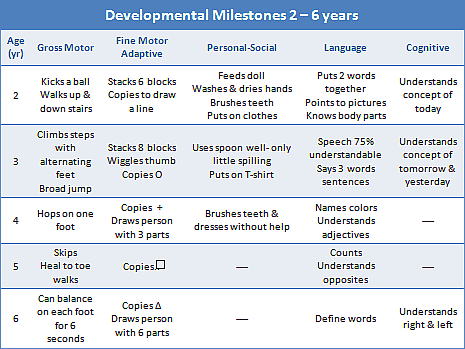
SAMHSA’s KnowBullying appexternal icon
A free app for parents to help prevent bullying, created by the Substance Abuse and Mental Health Agency (SAMHSA).
Substance Abuse and Mental Health Services Administration (SAMHSA)external icon
SAMHSA works to improve the quality and availability of substance abuse prevention, alcohol and drug addiction treatment, and mental health services.
Teens Healthexternal icon
Visit this site for information on healthy eating and exercise for children and teenagers.
Child Development Calendar from the Health of the Nation
The Child Development Calendar from the Health of the Nation medical center is a convenient system that tells parents by months how the baby is developing.
Child development by months
Newborn
How does the baby behave in the first weeks of life? Should I be worried if he sleeps 18 hours a day? What you need to know about the features of feeding the crumbs, and what recommendations for care should be followed?
Read more
1 month
What happens to a child at the age of one month, how his behavior changes.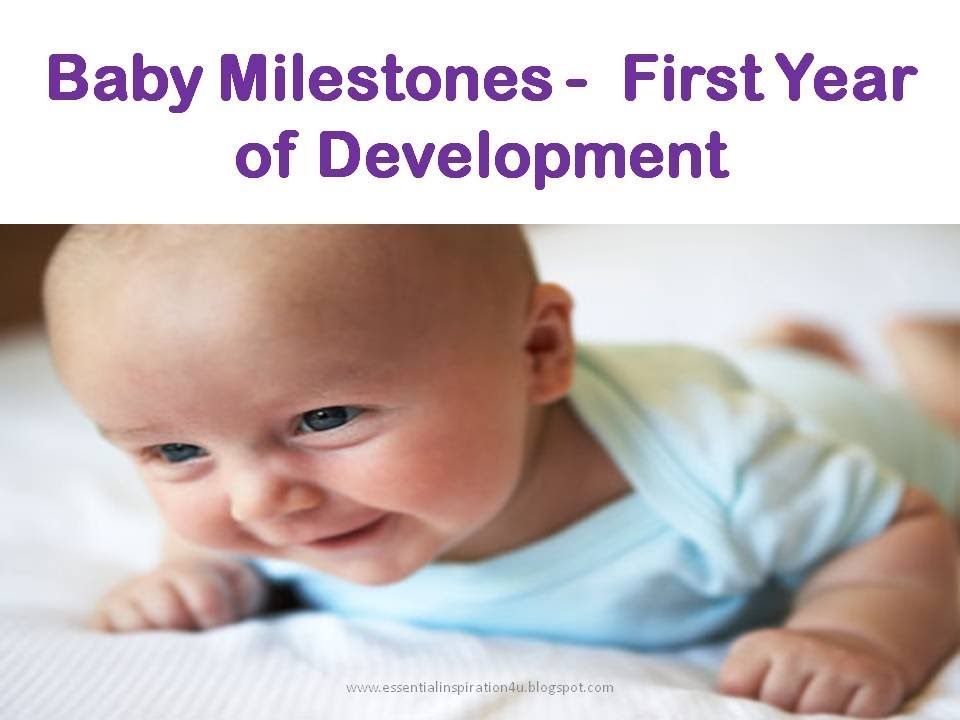 Features of development and the emergence of new actions. What you need to know about nutrition, daily care. Planned visits to doctors and testing.
Features of development and the emergence of new actions. What you need to know about nutrition, daily care. Planned visits to doctors and testing.
Read more
2 months
What happens in the life of a child at the age of 2 months? What behaviors should be taken into account? The appearance of the first emotions of the baby, the development of the vocal apparatus.
Read more
3 months
What discoveries do parents expect when a child turns 3 months old? The emergence of new skills, the first conscious manifestation of emotions and desires. What you need to know about the features of feeding?
Read more
4 months
What happens to a 4 month old baby? The first serious games and interaction with the outside world.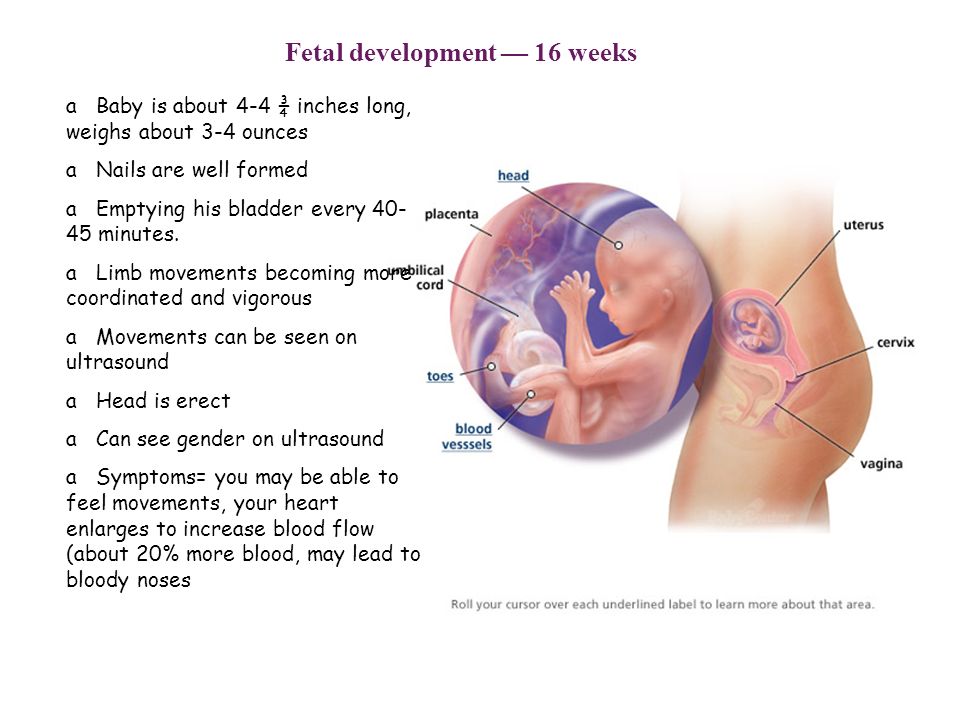 What you need to know about the features of feeding, and what recommendations for care should be followed?
What you need to know about the features of feeding, and what recommendations for care should be followed?
Read more
5 months
Transition period from horizontal position. What you need to know about the features of feeding crumbs? What should parents of a five-month-old baby be prepared for?
Read more
6 months
What did the baby learn at 6 months of age? How critical is the discrepancy with accepted norms? What you need to know about the features of feeding crumbs, how to introduce the first complementary foods?
Read more
7-9 months
What happens to a child aged 7-9 months? The baby begins to sit, crawl or even take the first steps.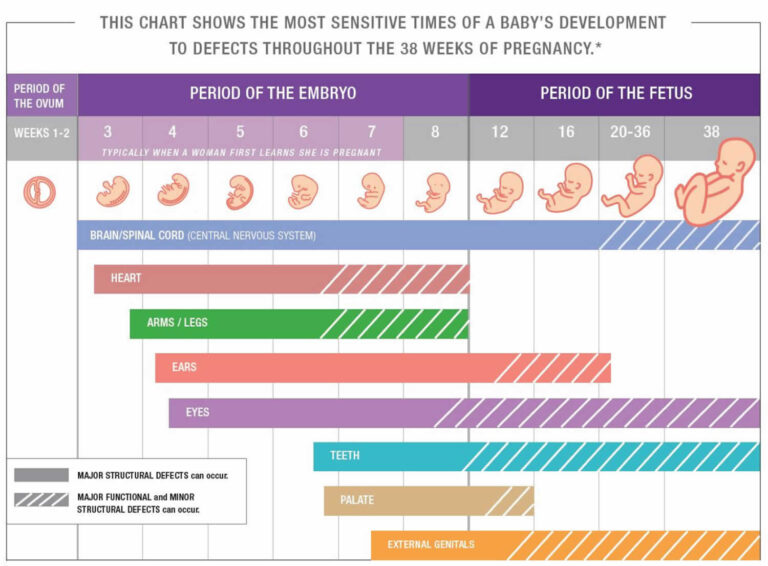 The first attempts to speak appear. Toys are used in a new capacity.
The first attempts to speak appear. Toys are used in a new capacity.
Read more
10-12 months
How does a 10-12 month old baby behave? How does his daily routine change and what games will be more interesting to play closer to the first birthday?
Read more
12-15 months
How does a 12-15 month old child behave? What has changed in behavior, and what features of development is important to remember?
Read more
15-18 months
How does the child behave at the age of 15-18 months? What you need to know about the features of behavior, what to pay attention to?
Read more
18-24 months
How does a child aged 18-24 months behave? What did the baby learn in 2 years? How to make a diet?
More details
Child development by months up to a year
Main recommendations:
- Breastfeeding.
 WHO recommends breastfeeding until 2 years of age
WHO recommends breastfeeding until 2 years of age - Be careful with objects that are dangerous for the child - those that he can swallow or injure him. Read more at the link.
- Communicate as much as possible with your child, play with him. It is believed that more progress in the development of skills is shown by kids, the more parents communicate with him.
- Take more walks in the fresh air.
- Bathe your child and keep him hygienic. Clean your nose, trim your nails.
Periods of development
- From birth to one month
- 1 to 2 months
- 2 to 3 months
- 3 to 4 months
- 4 to 5 months
- 5 to 6 months
- 6 to 9 months
- 9 to 12 months
A newborn is a child in the first 28 days of life. The first month the baby almost all the time - up to 20 hours - sleeps. The baby is adapting to new conditions.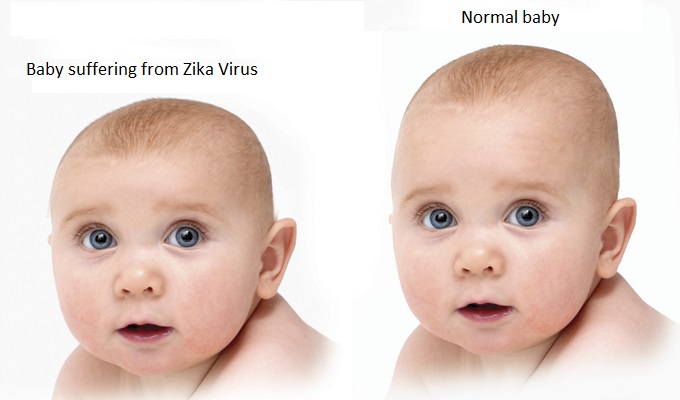 He still sees and hears poorly and really needs his mother.
He still sees and hears poorly and really needs his mother.
Psychophysical development
During the first month, the newborn adds about 600 grams to the initial weight, 3 centimeters to the height, head circumference increases by 1.5 - 2 centimeters.
Skills of newborns (terms are approximate and may be individual for each child):
- by the middle of the second week of life they are able to fix an object with a glance (slowly move a bright toy to the right and left at a distance of 40-50 cm)
- from the middle of the second week reacts to a loud sharp sound (starting and blinking).
- From the age of three weeks, the baby fixes immovable objects, such as the face of mom or dad.
- by the fourth week, eye movements become more orderly and smoother.
- begins to smile by the end of the fourth week.
It is believed that children show more progress in the development of skills, the more their parents communicate with them.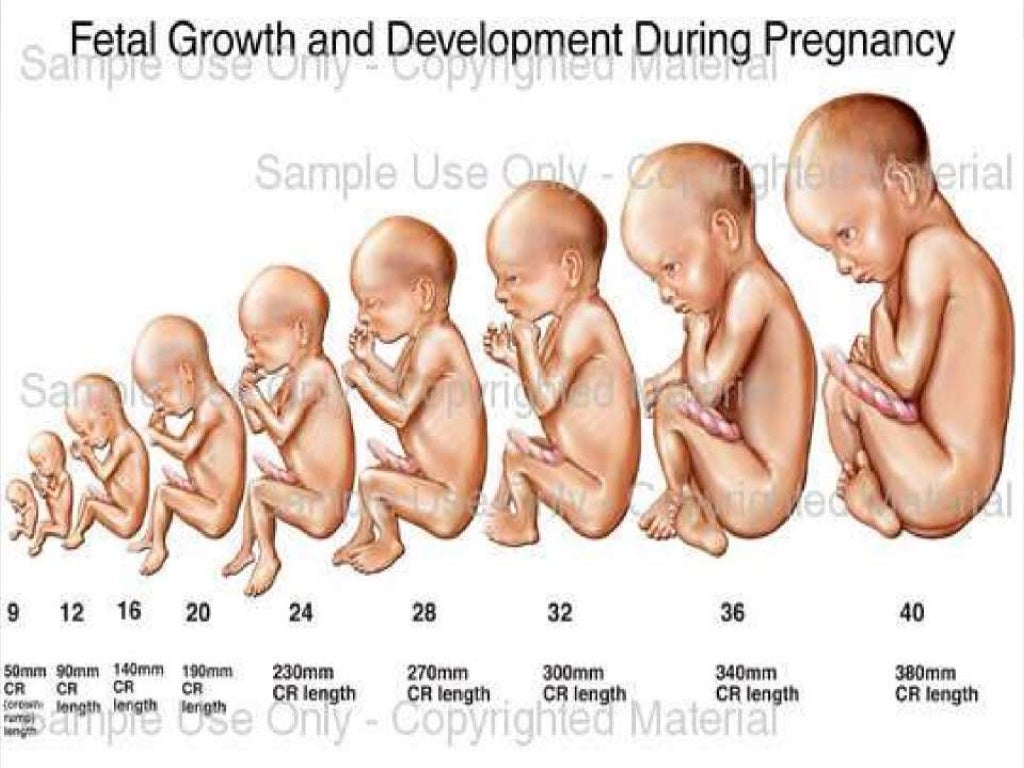
Important during this period :
- Establishment of breastfeeding. Breastfeeding has a number of benefits and most moms try to get it right. With mother's milk, the child receives a number of unique components and substances that protect the child's body. Milk is always at the right temperature, it is sterile and always available to the child. Breastfeeding strengthens the relationship between baby and mother. The baby feels safe. The child is recommended to start applying to the breast even in the hospital. Pay attention:
- Milk appears in the mother 3-4 days after birth. To stimulate lactation, frequent breastfeeding is recommended. at the first signs of anxiety of the child (it turns out up to 10-12 feedings per day).
- It is important to place the nipple in the baby's mouth correctly so that it covers the entire areola. Since the baby takes in air when sucking, he may spit up when excess accumulated air is released is very important.
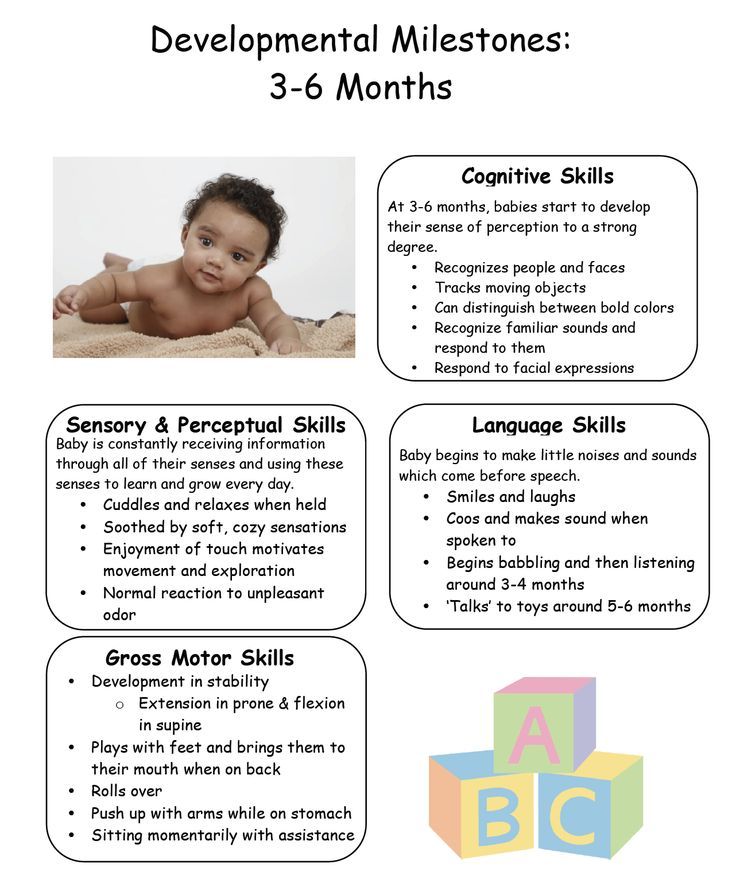 Therefore, to improve the air outlet, it is recommended to hold the child in an upright position after feeding, so that the air comes out faster.
Therefore, to improve the air outlet, it is recommended to hold the child in an upright position after feeding, so that the air comes out faster. - If the sucking grip is not correct, the baby may injure the nipple, cracking it. To solve this problem, it is advisable to use creams and ointments, nipple pads.
- Some mothers complain about the excessive pressure of milk, the child simply chokes. In this case, it is important to experiment with nursing positions.
- Healing of the umbilical wound. Since, when discharged from the hospital, the umbilical wound has not yet fully healed, She needs extra care. care instructions are given in the maternity hospital, as well as the doctor and nurse at the examination. As a rule, it is recommended to treat with brilliant green, peroxide, chlorhexine, etc.
- Bloating and intestinal colic. They often appear in very young children. Recommend a light massage; vertical position on the hands of an adult, skin-to-skin contact - the baby is placed with his tummy on the bare chest or the stomach of the mother, reclining in a chair, is covered from above a blanket, his mother strokes his back; taking plantex or teas with dill, fennel, the use of special medicines (drops).
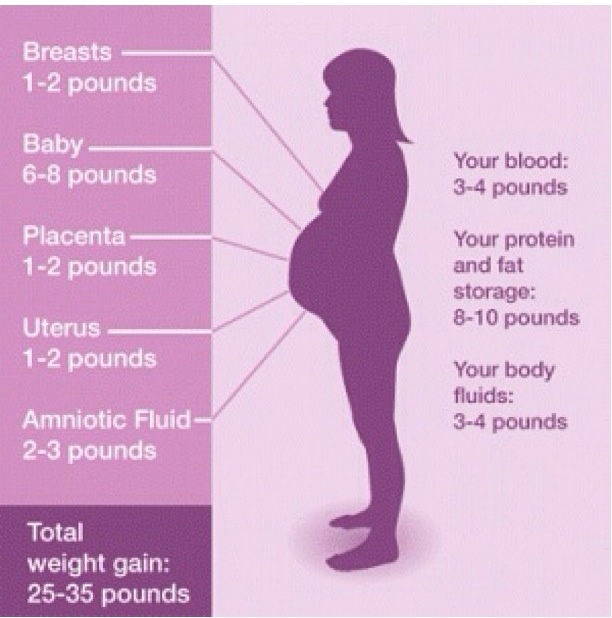
- Put the baby to sleep on the barrel. For fixing, you can use special rollers. Sleeping on your back is not allowed, as the child may burp in your sleep and choke on your food.
- It is necessary to put the baby to sleep on different barrels, so that there would be no deformation of the head and torticollis.
- Take care of hygiene, bathe the baby (after doctor's permission)
- Wear anti-scratch gloves. Since the baby's nails grow quickly, he can scratch himself (especially take care of his eyes) and his mother (especially the chest)
Psychophysical development
The child has already adapted to the environment and begins to interact with it. The child has character.
Skills of newborns (terms are approximate and may be individual for each child):
- muscle tone decreases, the child increasingly stretches arms and legs from a predominantly bent state, by the end of the month, completely opens the palm;
- recognizes mother
- distinguishes sounds, smells,
- still doesn't see well enough, if you want to show something, it's better to do it at a distance of half a meter
- lying on his stomach begins to turn his head, can raise and look around.
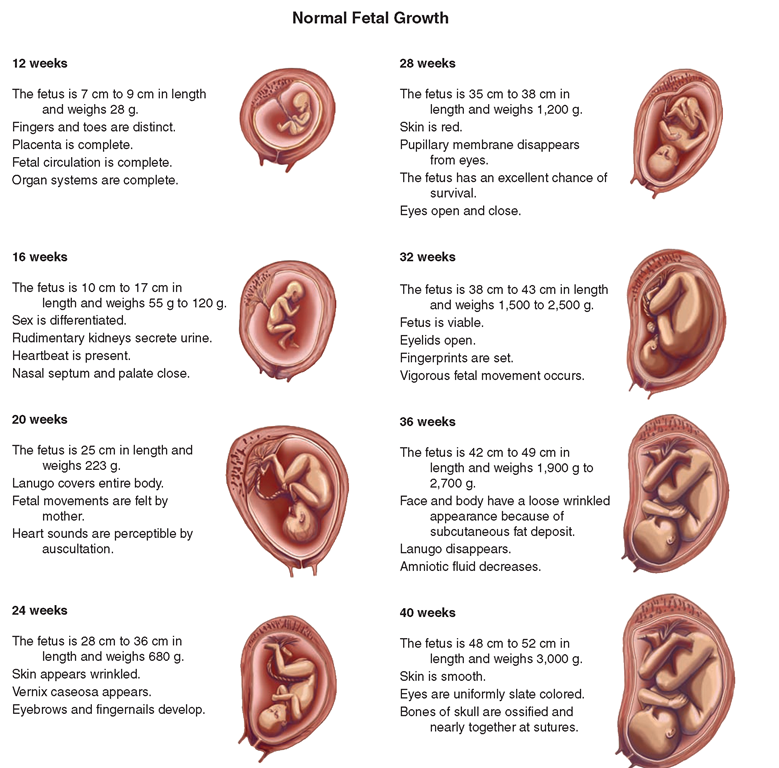
- may begin to babble
It is believed that children show more progress in the development of skills, the more their parents communicate with them.
Important during this period :
- Hang toys at least 50 cm away from eyes
- Avoid having the objects of attention on one side. Approach the crib from different sides, hang toys symmetrically.
- Although at 2 months the baby is not yet moving consciously, he may roll over or turn around. That's why make sure that the child does not fall (especially when sleeping or swaddling)
- Offer light rattles for play, play. Read more about games and toys at the link Educational games and toys.
Psychophysical development
Psychophysically, the child develops at an increasing pace, demonstrating more and more skills. Vision improves.
Skills of newborns (terms are approximate and may be individual for each child):
- smiles actively.
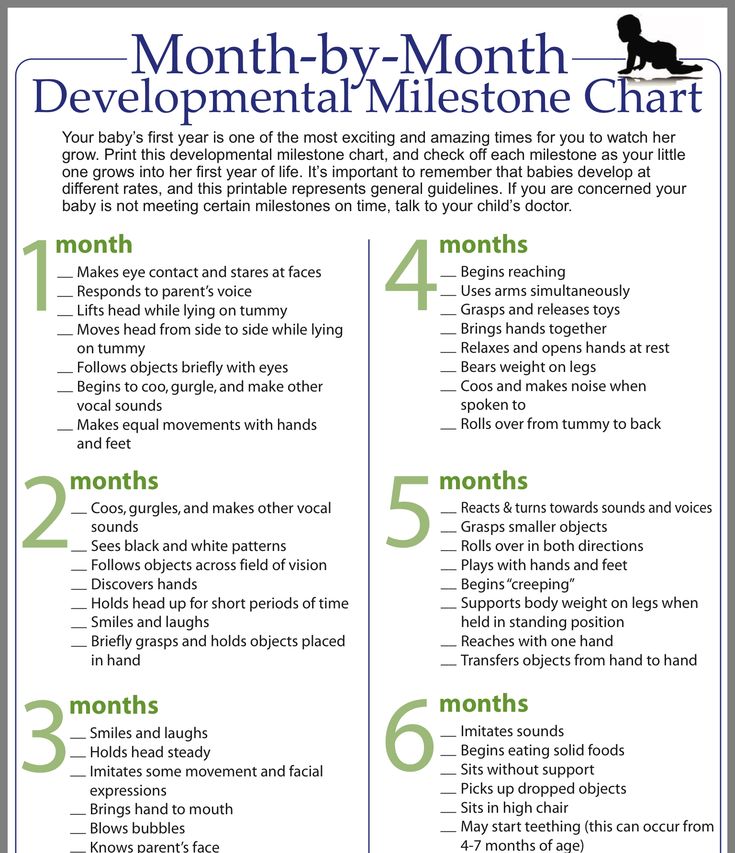 Joyfully reacts to mom, her voice,
Joyfully reacts to mom, her voice, - babbles and coos
- holds the head well
- sucking fingers and fists
- the child's tone decreases
It is believed that children show more progress in the development of skills, the more their parents communicate with them.
Important during this period :
- The child has a desire to communicate. Mom during this period should try to talk more, tell what is happening around;
- Offer light rattles for play, play. Read more about games and toys at the link Educational games and toys.
Many mothers note this period as quite calm. Mothers are already accustomed to their functions, and the child's daily routine is getting better. Mom understands the needs of the baby well. The child becomes more active, look and behavior more meaningful. In most cases, colic disappears. However, teeth may begin to bother.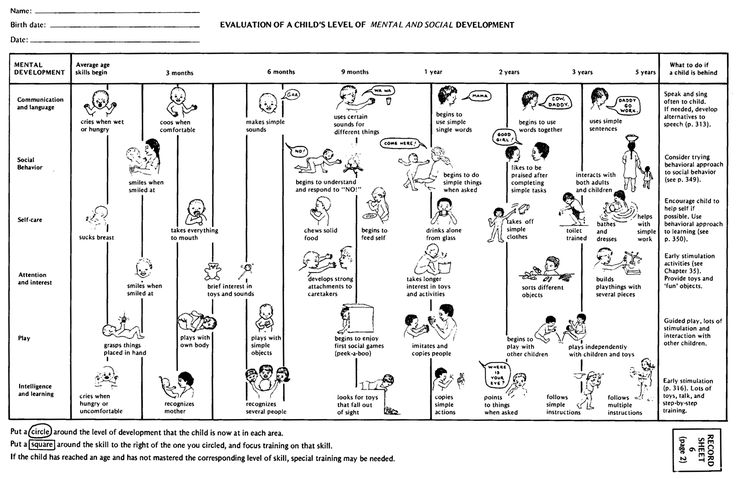
Psychophysical development
Psychophysically, the child develops at an increasing pace, demonstrating more and more skills. Vision improves. The child studies himself, listens to the sounds that he makes.
Skills of newborns (terms are approximate and may be individual for each child):
- actively grabs the toy, hits the rattles hanging in front of him.
- some children already roll over from stomach to side and back,
It is believed that children show more progress in the development of skills, the more their parents communicate with them.
Important during this period :
- Do not try to plant
- Actively interact Place
- on a hard surface, preferably on the floor. This will give the child a great view and prevent them from falling.
- Play. Read more about games and toys at the link Educational games and toys.
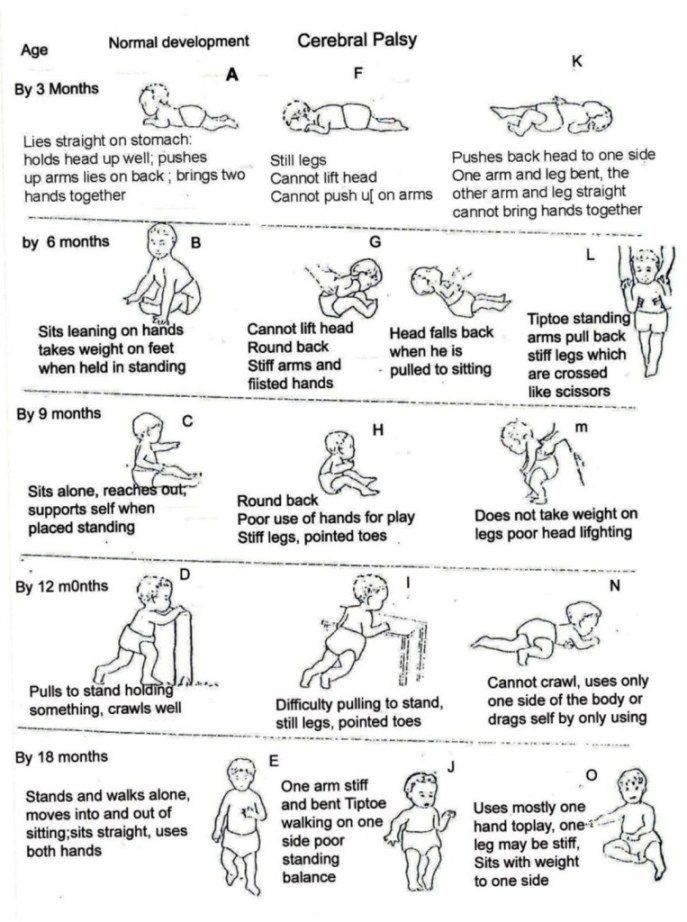
Complementary foods can be introduced at this age. However, such an introduction is recommended mainly for children who are artificially fed.
Psychophysical development
The child becomes calmer, at night without waking up for feeding he can sleep up to 6 hours. Usually the colic has already passed, but the teeth do not bother yet.
Skills of newborns (terms are approximate and may be individual for each child):
- independently roll over from stomach to back and vice versa,
- actively feel objects, take them in pens
- transfer toys from hand to hand.
It is believed that children show more progress in the development of skills, the more their parents communicate with them.
Important during this period :
- Do not try to plant
- Actively interact
- Play.
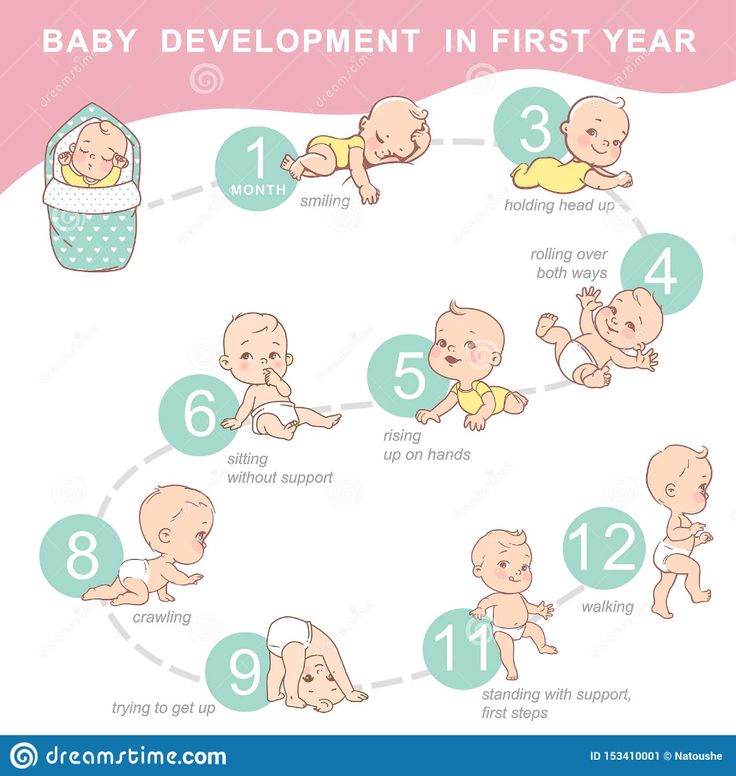 Read more about games and toys at the link Educational games and toys.
Read more about games and toys at the link Educational games and toys.
The child actively explores and interacts with the outside world.
Psychophysical development
Growth rates slow down. The child will grow by 2 cm and recover by 650-700 grams. release from muscle hypertonicity ends and they begin to control the movements of the child in a coordinated manner, working in concert to achieve the goal of the movement - to roll over, reach out, take and taste.
Skills of newborns (terms are approximate and may be individual for each child):
- starts to move on the tummy. Some children immediately crawl back.
- the child fixes and moves his gaze, turns his head, observing a moving object,
- stop mowing (if it was) with eyes.
- distinguishes mom, dad and other loved ones from strangers.
- while lying on his back, raises his head and shoulders, tries to sit up.
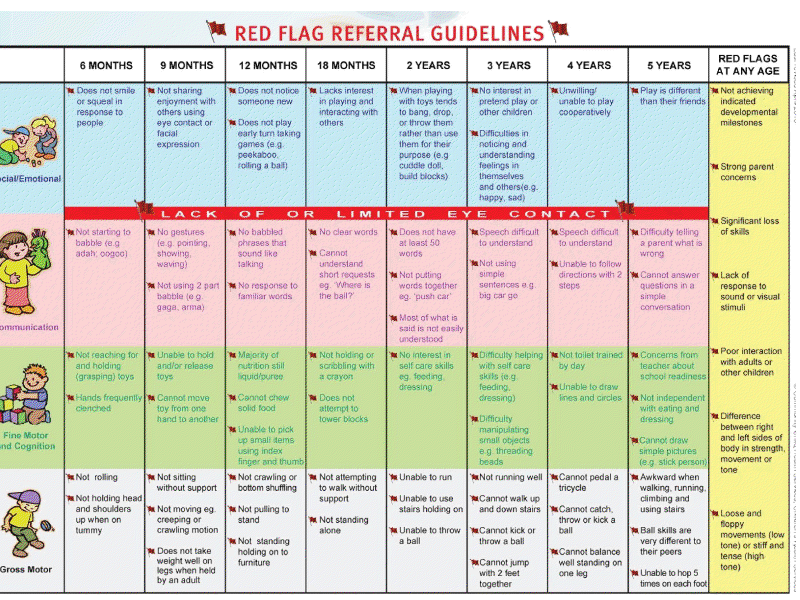
- in a child's babble, you can already hear individual syllables
It is believed that children show more progress in the development of skills, the more their parents communicate with them.
Important during this period :
- Considering the activation of movements, be extremely careful. Make sure the child does not fall.
- When giving a toy to a child, make sure that he takes it with both his right and left hands - both hands should develop.
- The child really likes it when mom or dad repeats his sounds, he learns to babble
- Play. Read more about games and toys at the link Educational games and toys.
- Be careful not to leave things near children that are dangerous to them.
Another important milestone in the development of the child. Usually during this period it is considered optimal to introduce complementary foods.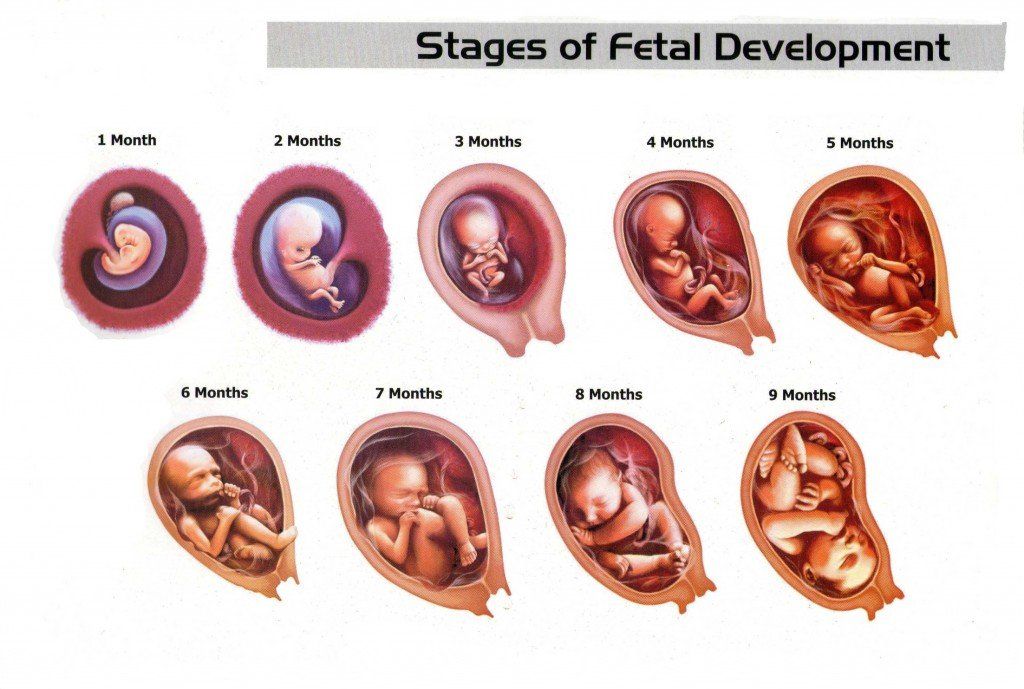 In addition, during this period, the child begins to move in a vertical plane, sit (with or without support), crawl. During this period, most children have teeth. The child has a fairly clear schedule - a night's sleep and two daytime sleep.
In addition, during this period, the child begins to move in a vertical plane, sit (with or without support), crawl. During this period, most children have teeth. The child has a fairly clear schedule - a night's sleep and two daytime sleep.
Psychophysical development
Weight gain - 600g, height increased by 2cm
Skills of newborns (terms are approximate and may be individual for each child):
- crawling
- sit and sit
- trying to get up
- syllables are clearly audible in speech - ma, ta, ba, etc.
- is interested in adult food, may ask for food from the table.
The child is wary of strangers. May be afraid of them.
Important during this period :
- You can't rush a child's development. you should wait until the muscles finally get stronger before accomplishments.
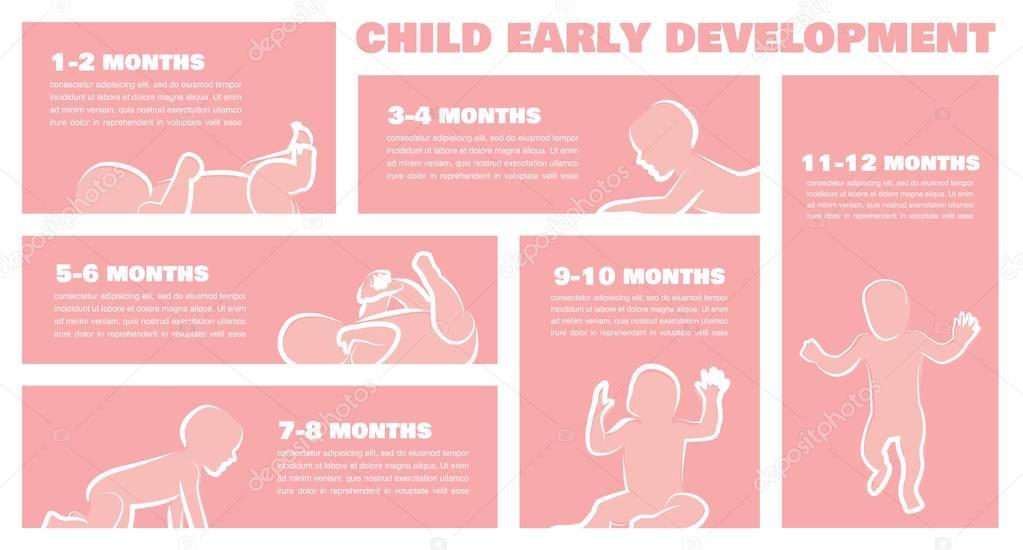
- Do not force feed your baby, introduce complementary foods gradually. Do not distract while eating cartoons.
- Introduce no more than one product per few days. This will help with food allergies, find out exactly which product this unwanted reaction.
- Avoid products that can cause suffocation. More details at the link.
- About the introduction of complementary foods for more details on the link
- Offer your child a teether that is comfortable for him. For many children, teething can be painful, so consider pain relief.
The child becomes more and more independent. Existing skills are consolidated and improved. During this period, character begins to form.
Psychophysical development
Skills of newborns (terms are approximate and may be individual for each child):
- Copies sounds and syllables pronounced by adults
- Sit down by yourself
- Crawls fast, overcomes barriers
- Stands by a support.
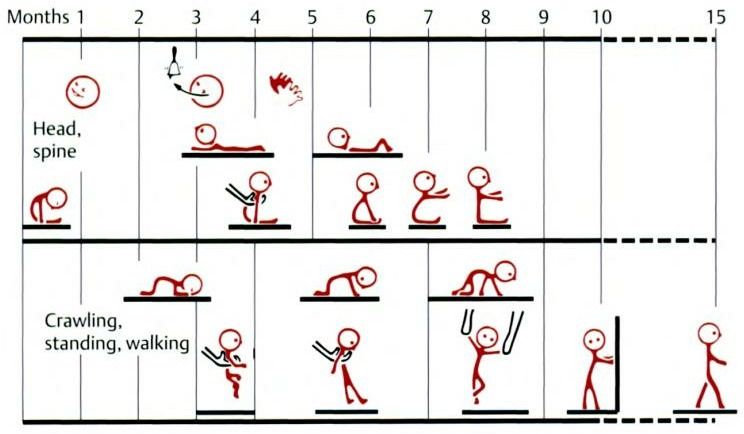 Stands up on his own. Some children begin to walk near the support, take independent steps.
Stands up on his own. Some children begin to walk near the support, take independent steps. - Climbs stairs, climbs in and out of bed, sofa, etc.
- Responds to his own name
- Possesses a tweezer grip - takes objects not with the whole hand, but with two fingers.
- Understands certain words, such as no or not allowed, let's go, etc.
- Can reach an object with another
- Begins to build vocabulary.
- Waving goodbye.
Important during this period :
- Talk to your child more. Remember that you are a role model for him.
- Provide a safe area for your child to play and develop crawling, standing and walking skills.
- Teach your child how to get in and out of a chair or sofa.
- Try to change the consistency of food closer to adult food
- Expand your baby's vocabulary. Show various objects and animals, say their name and imitate the sounds that the child makes.
